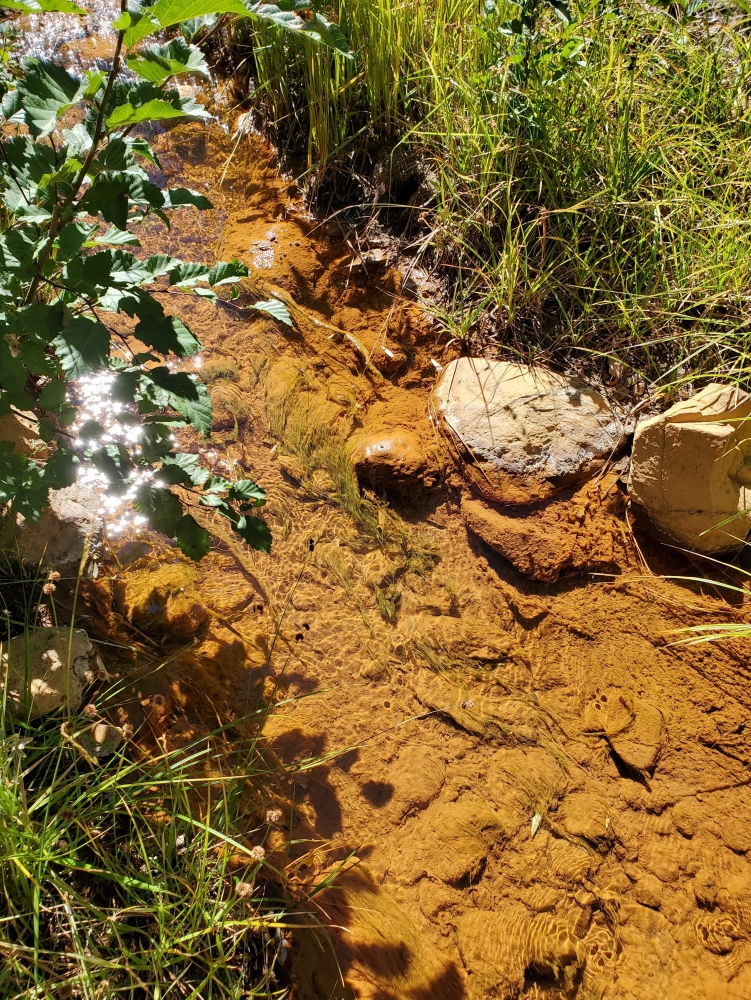Their results suggest that regulations and remediation efforts need to consider all contaminants together, rather than establish standards on an individual basis.
In their study, the group led by William H. Clements from Colorado State University explains that each mining site produces a unique blend of pollutants. At the same time, different rivers harbour different species of aquatic invertebrates, with hundreds of different types in each stream.

To be able to make comparisons, the experts set to work establishing standards and benchmarks. They tracked the effect of pollution and remediation on mayflies, stoneflies and caddisflies, which are critical to the aquatic food web and display a variety of tolerances to different toxins. Rather than compare closely related species, they grouped together animals with shared physical traits and life histories.
Next, the team had to make sense of all the pollutants. They quickly realized it wouldn’t be enough to track the toxicity of individual metals separately, as is often done in the lab because it is the combined impact that actually affects the ecosystem. In addition to this, they wanted to account for the fact that pollution can devastate ecology at lower concentrations and not necessarily at lethal dosages.
“Chronic effects, like reduced growth and reproduction, can eliminate species from an area over time without actually killing any individuals,” Dave Herbst, co-author of the study and a professor at the University of California – Santa Barbara, said in a media statement.
A new way to measure pollutants
Given the variety of toxins, the researchers decided on another standard for toxicity: the criterion unit. They defined 1 criterion unit (CU) as the concentration of a toxin that produced adverse effects on the growth and reproduction of test organisms.
The concentration in 1 CU varies from substance to substance. For instance, a value of 7.1 micrograms of cobalt per litre of water was set as a toxic threshold for aquatic life. So, 7.1 µg/L equals 1 CU of cobalt. Meanwhile, 150 µg/L of arsenic kept invertebrates from living their best lives, so 150 µg/L was set as 1 CU of arsenic.
This approach allowed them to compare and combine the effects of completely different toxins, providing validation of how total toxicity would be expected to occur in nature. So, 7.1 µg/L of cobalt by itself, or 150 µg/L of arsenic by itself, or even a combination of 3.55 µg/L of cobalt plus 75 µg/L of arsenic all produce a cumulative criteria unit (CCU) of 1, which spells similar problems for aquatic critters however it is reached.
For the team, this combined effect was critical to understanding the real-world implications of mining pollution because animals are exposed to many toxins at once.
Even if individual contaminants are under the required limits, their combined effect could be well over what wildlife can handle
“The concept of cumulative criteria units provides a really simple way to account for this: If eight toxins in a stream are all at half of their CU value, they still add up to 4 CCUs,” Herbst said.
By expressing toxicity in cumulative criteria units, they were also able to establish comparisons across rivers, despite the variety of metals at different locations. When total toxicity tops 1 CCU, invertebrate diversity unravels.
Focusing on aquatic invertebrates and using the cumulative criteria unit, the scientists then looked at over 20 years of field data from four watersheds where Superfund clean-ups have been underway. They used unpolluted streams near each river as a baseline to judge how well restoration was proceeding.
They found these projects were able to restore rivers to near-natural conditions in 10 to 15 years. “Regardless of the fact that there were different mining pollutants, different ways of remediating the problem and different sizes of stream, all the projects came to successful outcomes,” Herbst said.
The researcher pointed out that much of the recovery happened in the first few years of treatment, which is explained by the fact that conditions are at their worst in the beginning, so even a small effort will make a big difference.
“The other surprising part was the degree of commonality in the responses despite differing contaminants and remediation practices,” Herbst said. “The rate of recovery, the order in which species returned (based on shared traits), and even the long-term timeframe were similar across all four rivers.”
In the view of Herbst and his colleagues, the results from this study should make both industry and environmental agencies understand two things: the importance of collecting long-term monitoring data and the fact that it makes no sense to apply water quality standards for toxic metals individually.
“Even if individual contaminants are under the required limits, their combined effect could be well over what wildlife can handle,” the scientist said.




